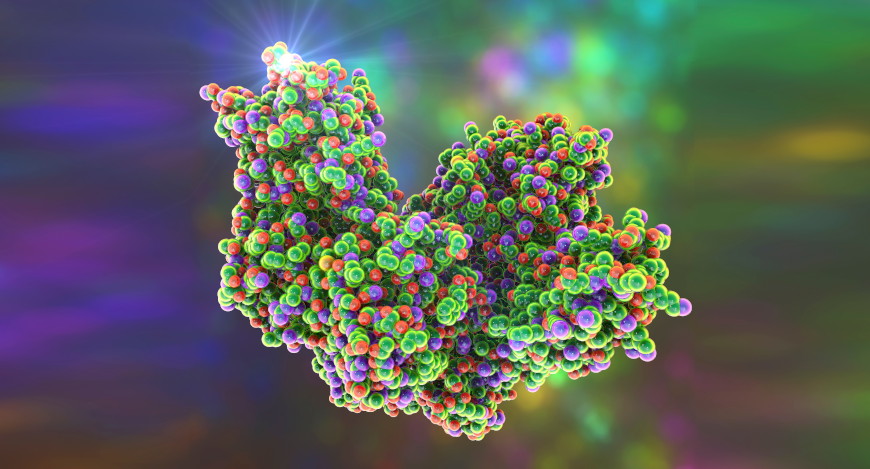Two publications on the outcomes of BSP136, a project aimed at evaluating the suitability of the Binding and Cleavage test (BINACLE) as an in vitro method for the detection of tetanus neurotoxin in the toxoids used for producing human and veterinary vaccines, have been published in the online journal Pharmeuropa Bio & Scientific Notes.
The first, “Collaborative study for the characterisation of the BINACLE Assay for in vitro detection of tetanus toxicity in toxoids – Part 1”, indicated that sensitive detection of tetanus neurotoxin using the BINACLE method was achievable, although method variability was high.
These findings laid the groundwork for the next stage: “Collaborative study for the characterisation of the BINACLE Assay for in vitro detection of tetanus toxicity in toxoids – Part 2”. Due to further standardisation of the BINACLE method, in this second study the detection limit for tetanus neurotoxin was uniform and in the same range as the estimated LOD of the in vivo toxicity test method. Moreover, the method variability was also significantly improved.
The results of BSP136 underline the potential of the BINACLE method as an alternative to the current compendial in vivo toxicity test for tetanus vaccines.
To support the implementation of the BINACLE method by interested laboratories, the experimental results have been published together with a detailed standard operating procedure annexed to the Part 2 publication.
The project was carried out with the scientific support of the Paul-Ehrlich-Institut (PEI, Germany) within the framework of the EDQM Biological Standardisation Programme (BSP), a joint programme funded by the European Union and the Council of Europe.
Pharmeuropa Bio & Scientific Notes is published by the EDQM and referenced on Medline.
Want to find out more? Register to take part in the free webinar “BINACLE Assay for Tetanus Neurotoxin: Outcomes of Project BSP136” on 12 November 2024!
See also:




